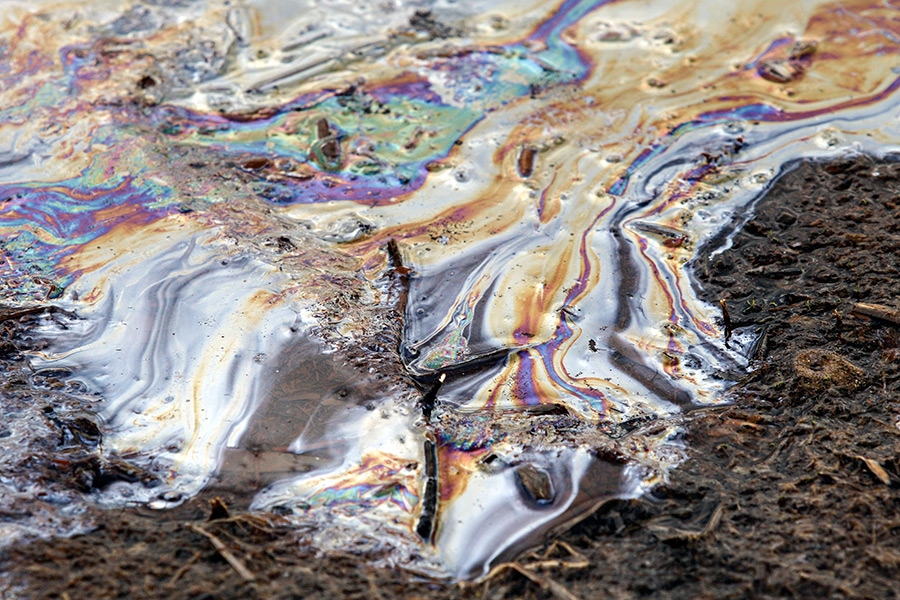BNSF Railway and the U.S. Environmental Protection Agency are awaiting results from water samples collected along the north shoreline of Flathead Lake where an unidentified substance was detected earlier this week.
BNSF is expecting test results in the coming days, according to spokesperson Ross Lane. The EPA collected its own water samples and could have results by May 9, according to Katherine Jenkins, a public affairs specialist with the federal agency.
“At this time, no determination has been made where it’s coming from or what it is. Until we have data, we can’t conclude whether it’s biological or chemical,” Jenkins said.
An investigation is underway along a section of shore spanning roughly 1,000 feet near Somers after reports of an unknown substance with an oily sheen surfacing in the ground and water. The EPA notified BNSF, which owns adjacent property, including the former Somers Tie Plant, an 80-acre site about 1,200 feet from the lake’s shoreline where wooden railroad ties were chemically treated for nearly a century before a lengthy environmental cleanup occurred.
In coordination with the EPA and Montana Department of Environmental Quality, BNSF contractors placed absorbent boom and pads at the site.
“Containment is still being done just in case it is something that’s chemical,” Jenkins said. “We’re taking the proper precautions.”
An on-scene coordinator from the EPA arrived Friday to provide oversight and conduct an environmental assessment, Jenkins said.
The sheen emerged at a section of exposed shoreline near Somers that is typically underwater during the summer months. In spring and fall, Flathead Lake is drawn down by roughly 10 feet from its full pool elevation of 2,893 feet. The lake typically is at its lowest between March and April.
Great Northern Railway, BNSF’s predecessor, established the plant in Somers in 1901 and operated it until 1986. The plant produced wooden railroad ties that were coated with creosote. Other chemicals used in the tie-making process included zinc chloride and petroleum preservative mixtures. According to an EPA report, the process produced up to 1,000 pounds of sludge every two years that impacted both the soil and groundwater. The contamination was discovered in 1984 and later that year the area was designated an EPA Superfund site.
In 1994, the EPA, DEQ and BNSF contractors began excavating and treating 50,000 cubic yards of soil and the groundwater underneath the site. Soil remediation was completed in 2002.
In 2014, BNSF Railway settled an ongoing lawsuit with landowners living adjacent to the former tie plant, purchasing most of the plaintiffs’ private property near the site on Somers Road, which is near the oily substance detected this week.
